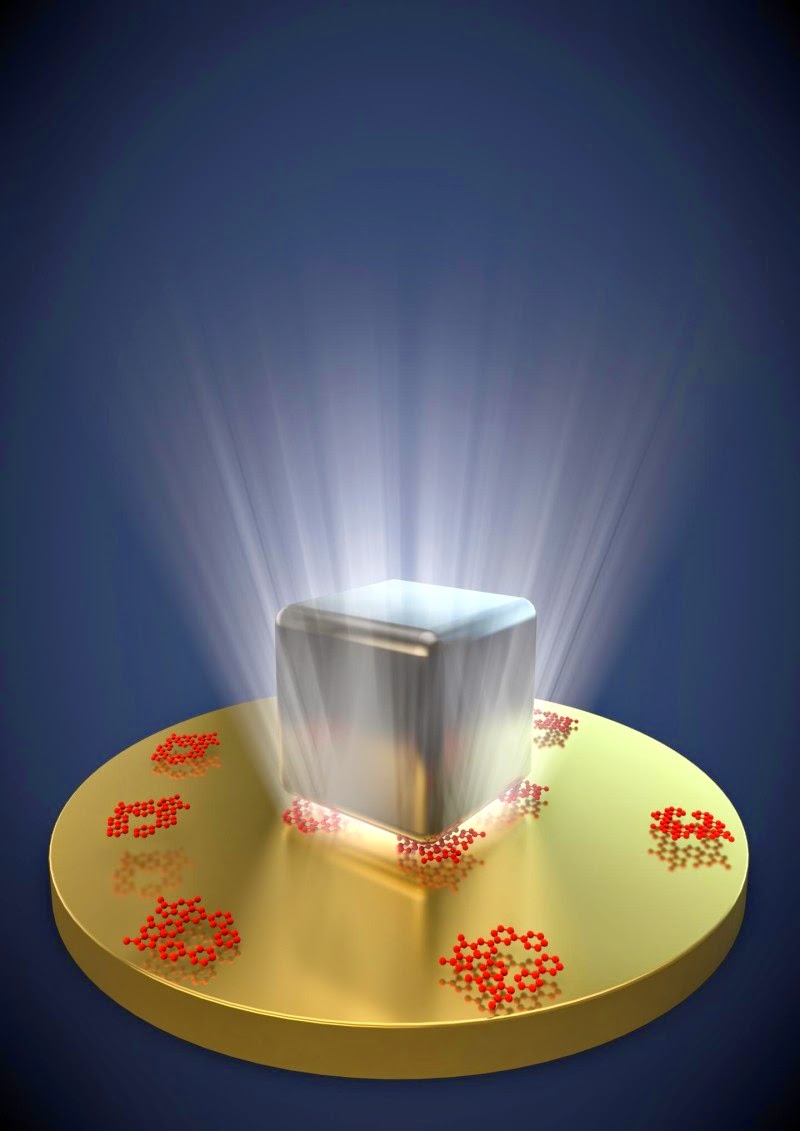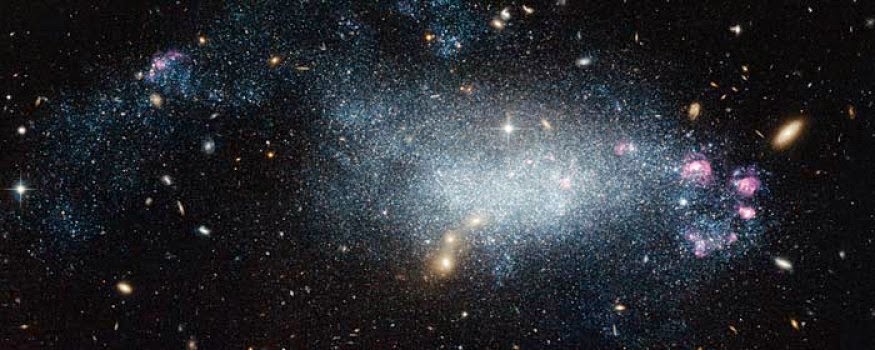NASA spacecraft provides new information about sun's atmosphere
NASA spacecraft provides new information about sun's atmosphere
NASA spacecraft provides new information about sun's atmosphere
NASA's
Interface Region Imaging Spectrograph (IRIS) has provided scientists
with five new findings into how the sun's atmosphere, or corona, is
heated far hotter than its surface, what causes the sun's constant
outflow of particles called the solar wind, and what mechanisms
accelerate particles that power solar flares.
The new information will help researchers better understand how our
nearest star transfers energy through its atmosphere and track the
dynamic solar activity that can impact technological infrastructure in
space and on Earth. Details of the findings appear in the current
edition of Science."These findings reveal a region of the sun more complicated than previously thought," said Jeff Newmark, interim director for the Heliophysics Division at NASA Headquarters in Washington. "Combining IRIS data with observations from other Heliophysics missions is enabling breakthroughs in our understanding of the sun and its interactions with the solar system."
The first result identified heat pockets of 200,000 degrees Fahrenheit, lower in the solar atmosphere than ever observed by previous spacecraft. Scientists refer to the pockets as solar heat bombs because of the amount of energy they release in such a short time. Identifying such sources of unexpected heat can offer deeper understanding of the heating mechanisms throughout the solar atmosphere.
For its second finding, IRIS observed numerous, small, low lying loops of solar material in the interface region for the first time. The unprecedented resolution provided by IRIS will enable scientists to better understand how the solar atmosphere is energized.
A surprise to researchers was the third finding of IRIS observations showing structures resembling mini-tornadoes occurring in solar active regions for the first time. These tornadoes move at speeds as fast as 12 miles per second and are scattered throughout the chromosphere, or the layer of the sun in the interface region just above the surface. These tornados provide a mechanism for transferring energy to power the million-degree temperatures in the corona.
... LEARN MORE HERE






